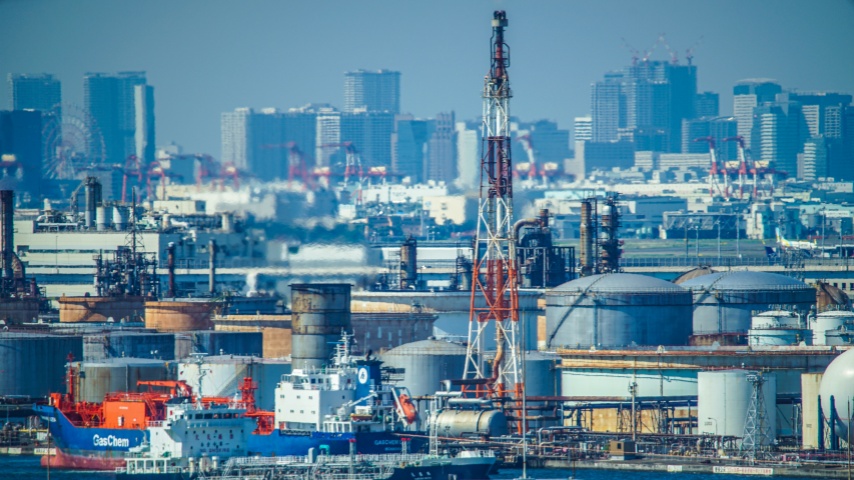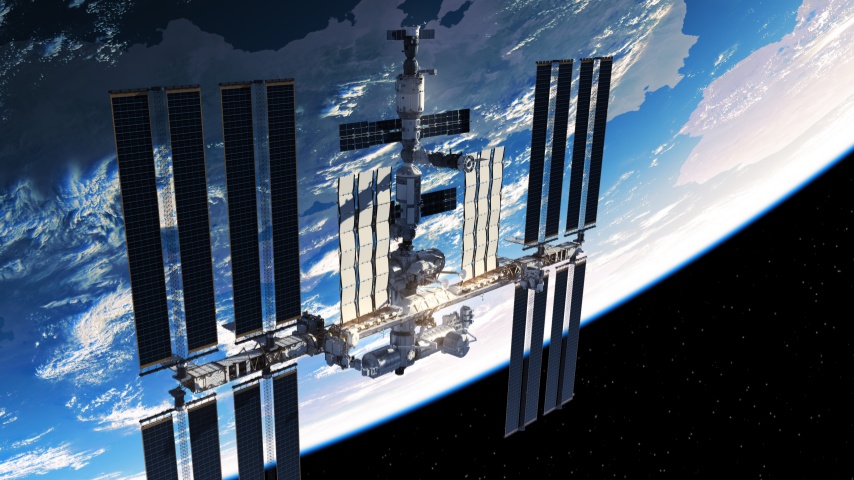Differential pressure measurement plays a crucial role in industrial and commercial applications, as it involves monitoring and controlling the pressure difference between two points within a system. This measurement method not only ensures operational safety but also enhances energy efficiency and ensures the quality of products and services. In heating, ventilation, and air conditioning systems (HVAC), differential pressure is used to monitor the airflow resistance of fans, filters, and ducts, thereby optimizing system performance and reducing energy consumption. Similarly, in the oil and gas production, water treatment, and pharmaceutical industries, differential pressure measurement is vital for monitoring fluid flow, filter, and pump performance, helping to maintain normal system operation and prevent potential hazards.
Differential pressure transmitters are key tools for achieving this goal. They can convert physical pressure differences into electrical signals, which can then be used for monitoring and control purposes. By utilizing pressure-sensitive elements such as diaphragms, strain gauges, or piezoelectric crystals, differential pressure transmitters accurately measure pressure differences and generate output signals of 4-20 mA or 0-10 V. These signals can be further transmitted to dashboards, data acquisition systems, or control systems for real-time monitoring and adjustment.
The applications of differential pressure measurement are extensive. It not only helps ensure the safe operation of industrial equipment and processes, avoiding overpressure and related risks but also improves energy efficiency and product quality through optimized operations. In the pharmaceutical industry, differential pressure measurement ensures the accuracy of fermentation and filtration processes, ensuring the final product meets specifications and maintaining consumer trust in the brand. Therefore, from the perspectives of safety, efficiency, and quality assurance, differential pressure and its measurement are indispensable components of modern industrial and commercial activities.

Applications of Differential Pressure Transmitters
Differential pressure transmitters are indispensable components of industrial automation. With their high precision and stability, they play a crucial role in various industries such as petrochemicals, power generation, metallurgy, water treatment, food and beverages, and pharmaceuticals. These devices primarily use physical principles, such as the Bernoulli equation and static pressure principle, to measure flow, liquid level, and the status of filters, thereby providing critical data to support production and monitoring processes.
Flow measurement is a major application area for differential pressure transmitters. By measuring the pressure difference generated when a fluid flows through a throttling device, the flow rate of oil, natural gas, steam, and other fluids can be accurately calculated. In addition, differential pressure transmitters have proven their value in liquid level measurement, accurately monitoring the liquid level height in storage tanks, boilers, and reactors, which is crucial for ensuring production safety and efficiency.
Filter monitoring is another key application. Differential pressure transmitters indicate whether a filter is clogged by detecting changes in the pressure difference before and after the filter, thus ensuring the normal operation of the system. Besides these specific applications, differential pressure transmitters are also widely used for monitoring pipeline leaks, pump performance, and the status of valves. By monitoring changes in pressure differences, they provide reliable data support for maintaining efficient system operation.
Differential pressure transmitters also play a vital role in environmental monitoring, especially in air quality monitoring. By measuring the pressure difference between different locations in the air, these instruments can accurately calculate air velocity and volume, thereby monitoring the concentration of particulate matter such as PM2.5 and PM10, and gases like SO2 and NO2. Additionally, they play a key role in monitoring industrial emissions, vehicle exhaust, and indoor air quality.
In cleanroom monitoring, differential pressure transmitters ensure that the air cleanliness meets standards by monitoring the pressure difference inside cleanrooms, crucial for quality control in the pharmaceutical, electronics, and food industries. Beyond air quality monitoring, these transmitters are also applied in water quality monitoring, soil moisture, and meteorological condition observations, demonstrating their versatility in the field of environmental monitoring.
Due to their high measurement accuracy (up to 0.1%–0.5%), excellent long-term stability, and wide application range, combined with ease of installation and maintenance, differential pressure transmitters have become indispensable tools in environmental monitoring. As environmental protection awareness increases, it is expected that differential pressure transmitters will see wider applications in the future. With technological advancements, their measurement performance and application scope are expected to further expand, providing more accurate and reliable data support for environmental protection.

Calculating Differential Pressure
Calculating differential pressure is a crucial step in industrial and commercial applications, especially in flow measurement, liquid level measurement, and filter monitoring. Differential pressure, the difference in pressure between two points within a system, is a core physical concept. Its calculation formula is simple yet practical: differential pressure (Pd) equals the high side pressure (Ph) minus the low side pressure (Pl), and can be expressed in different units such as Pascal (Pa), pounds per square inch (PSI), or bar.
Calculating differential pressure involves several key steps: first is the preparation, ensuring the correct installation and connection of the differential pressure transmitter; next is performing the calculation, obtaining results through the differential pressure formula; finally, converting units as necessary. For example, if a system's high side pressure is 100 PSI and the low side pressure is 50 PSI, then the differential pressure is 50 PSI.
The accuracy of differential pressure measurement is influenced by various factors, including the precision of the sensor, potential leaks, changes in environmental temperature, and vibrations. Moreover, depending on the application, there are various types of differential pressure transmitters, such as capacitive, piezoresistive, and piezoelectric, each suited to specific measurement environments and requirements.
The application range of differential pressure is extremely wide, not limited to monitoring flow, liquid level, and filters, but also includes pressure control among other areas. Accurate differential pressure measurement is essential for ensuring the efficient operation of industrial processes, improving equipment performance, and ensuring safety in production. Therefore, understanding the basic principles of differential pressure, calculation methods, and its role in various applications is a fundamental and important skill for engineers and technical personnel.
Post time: Mar-28-2024

